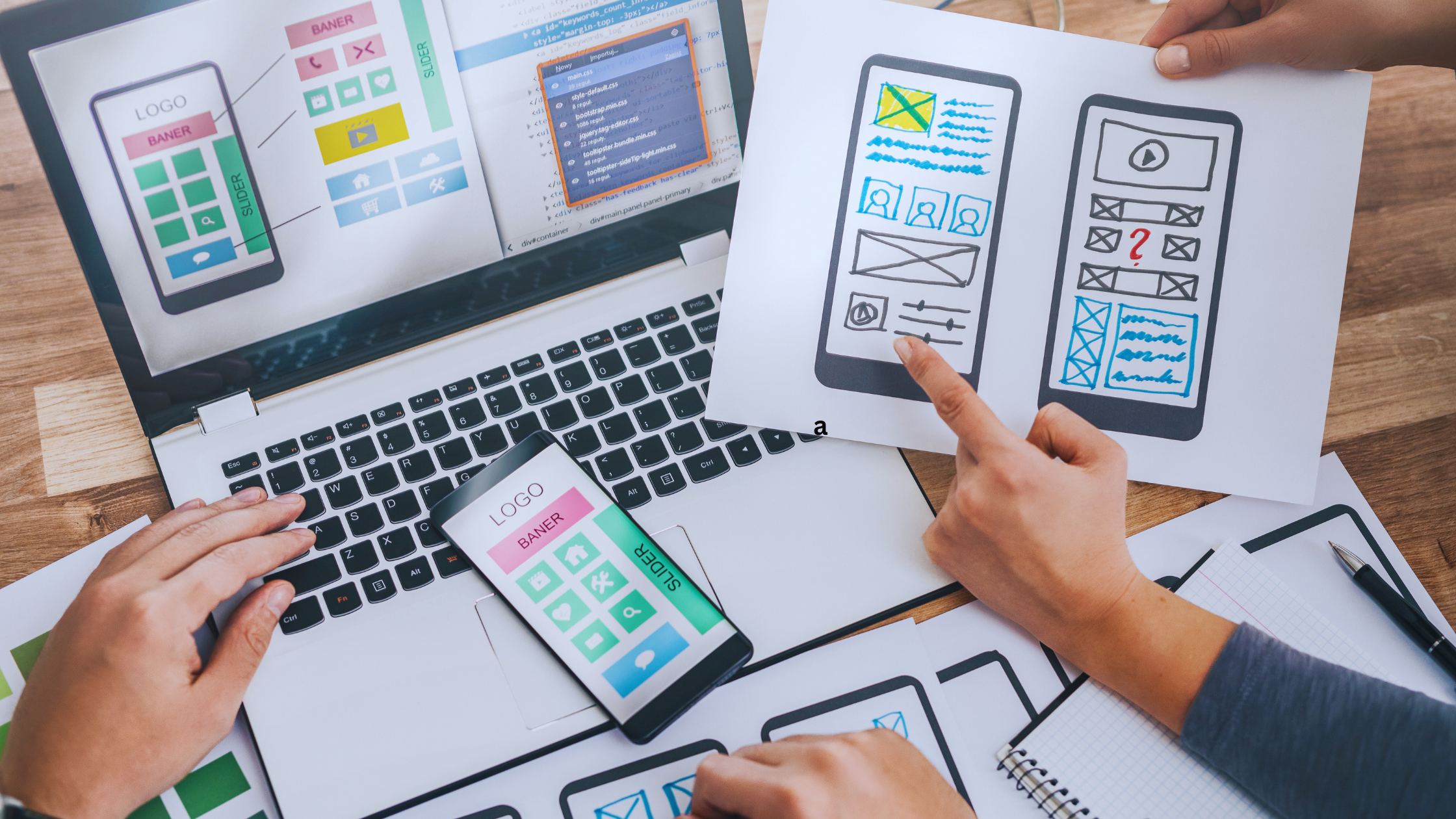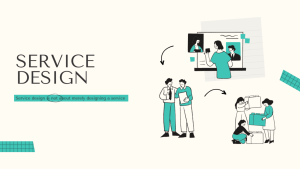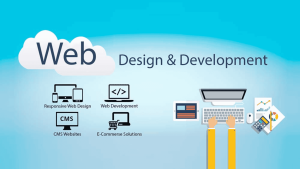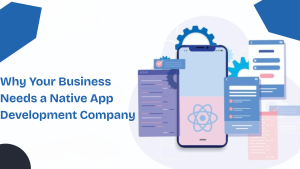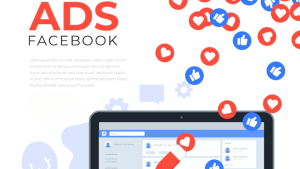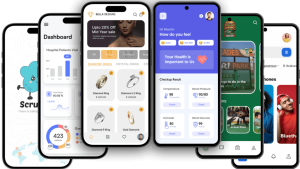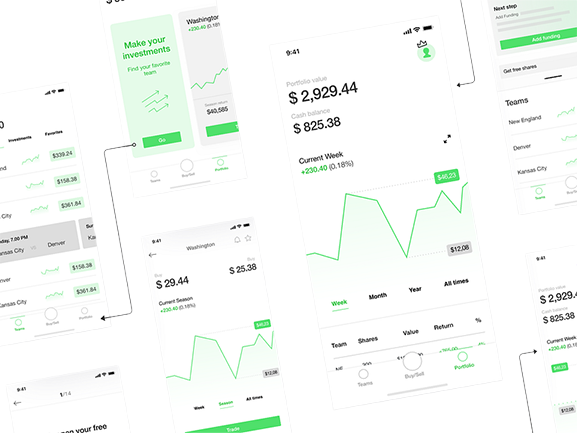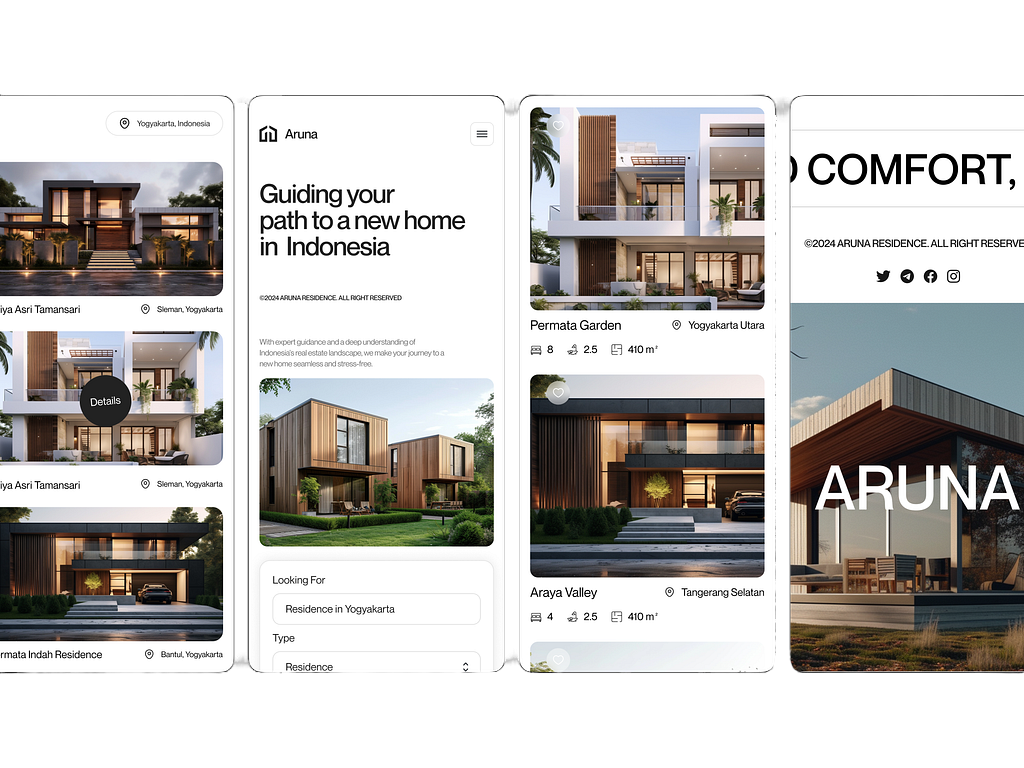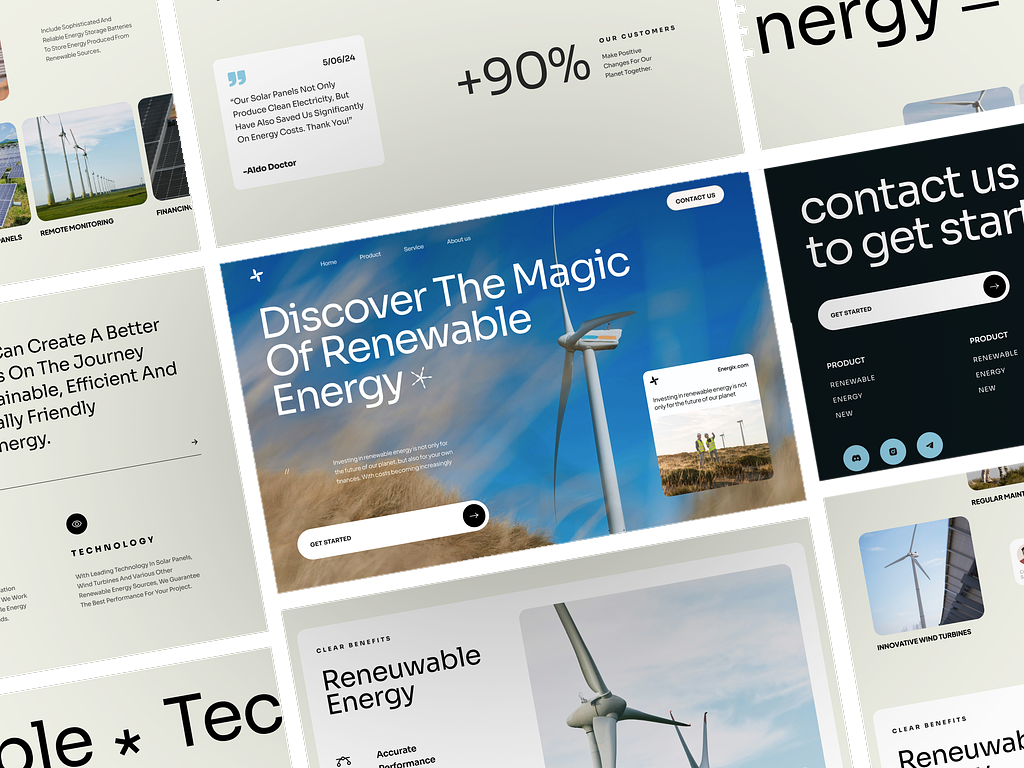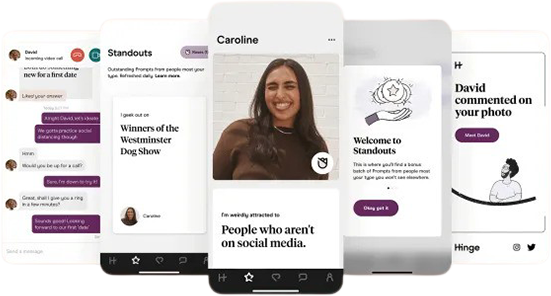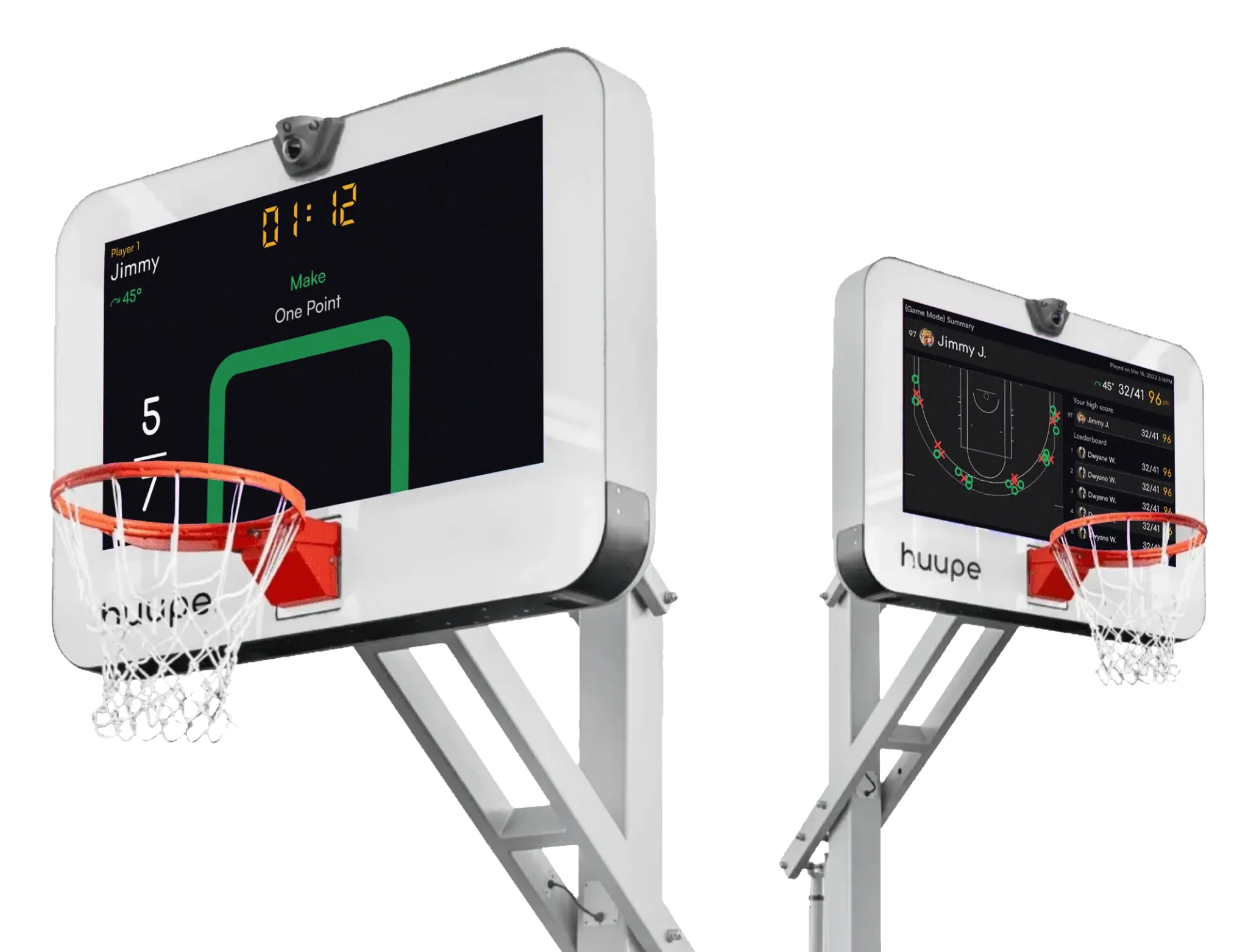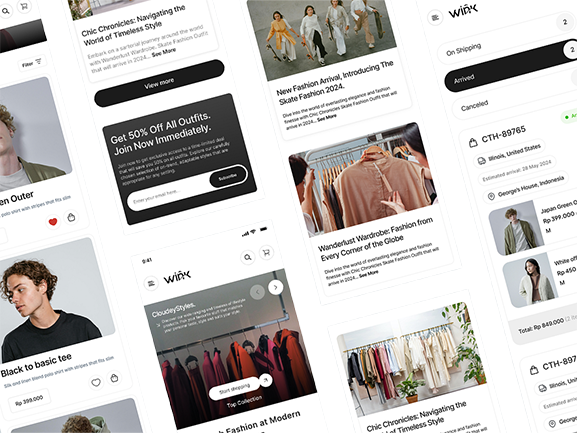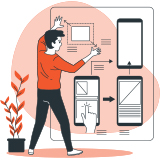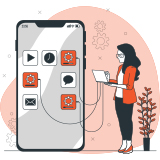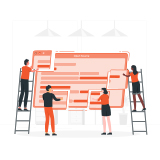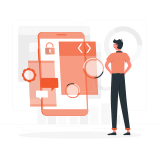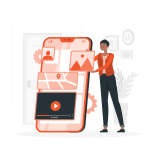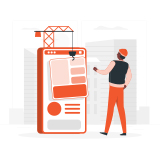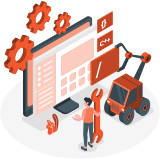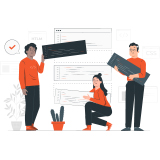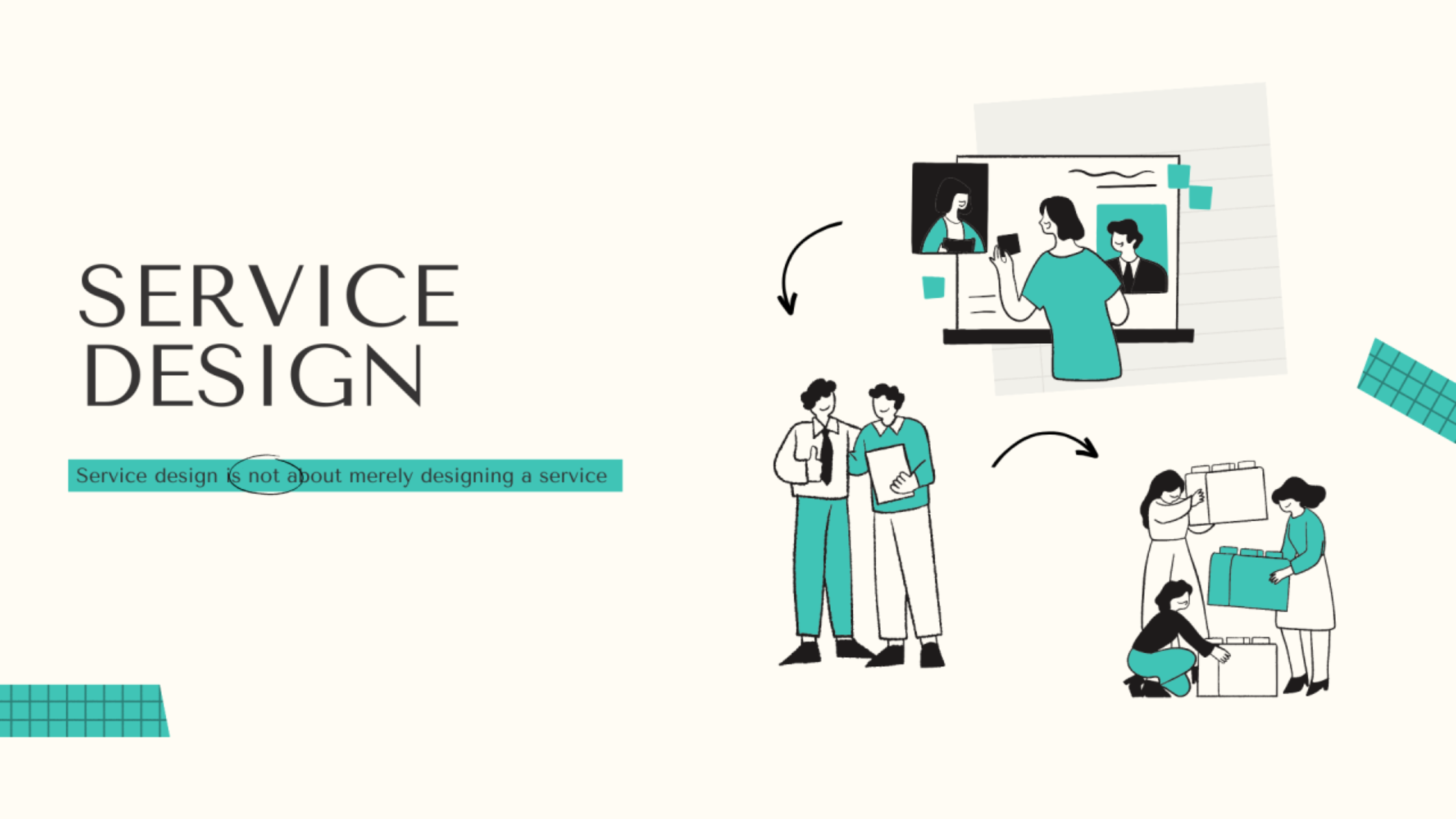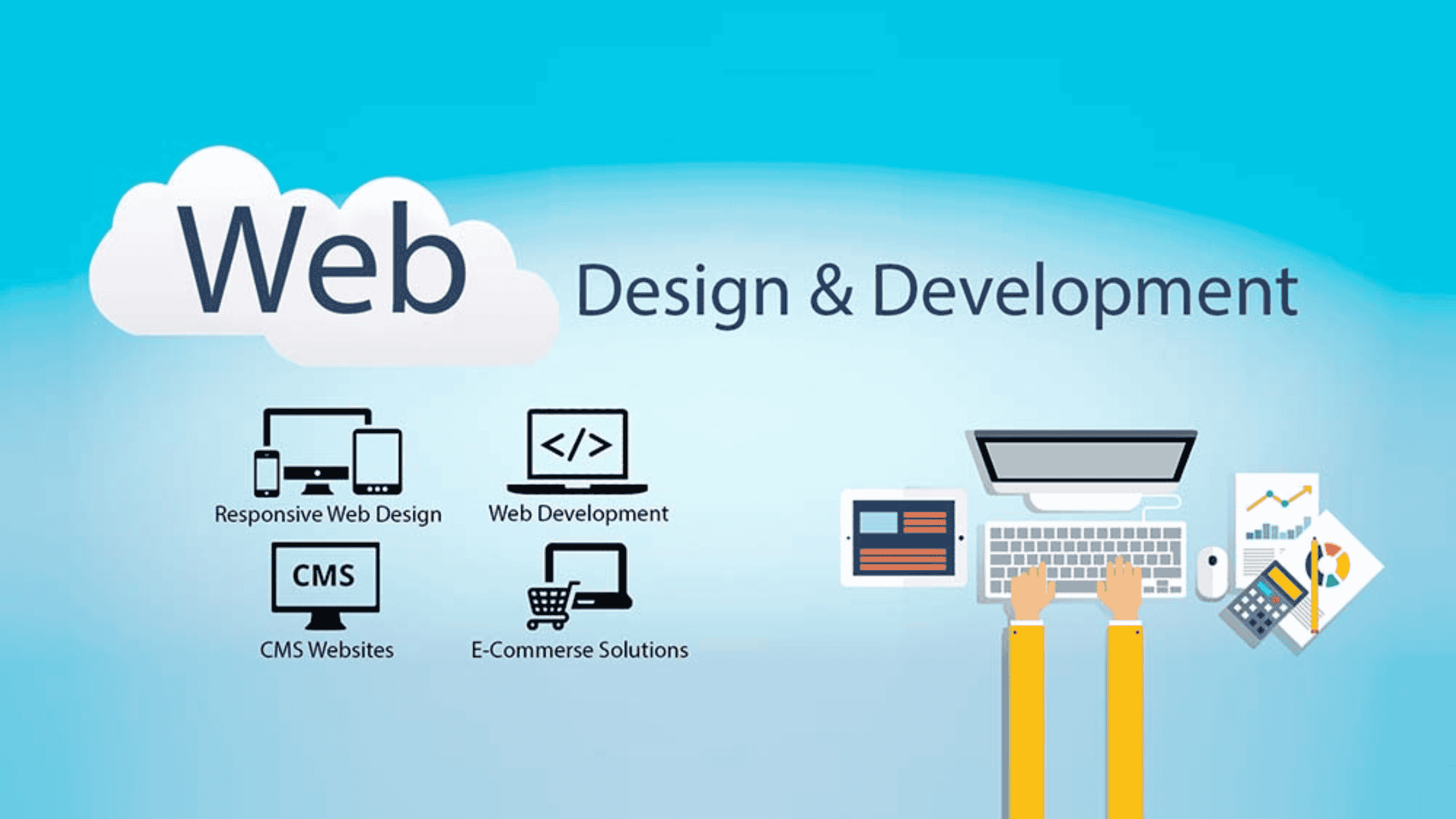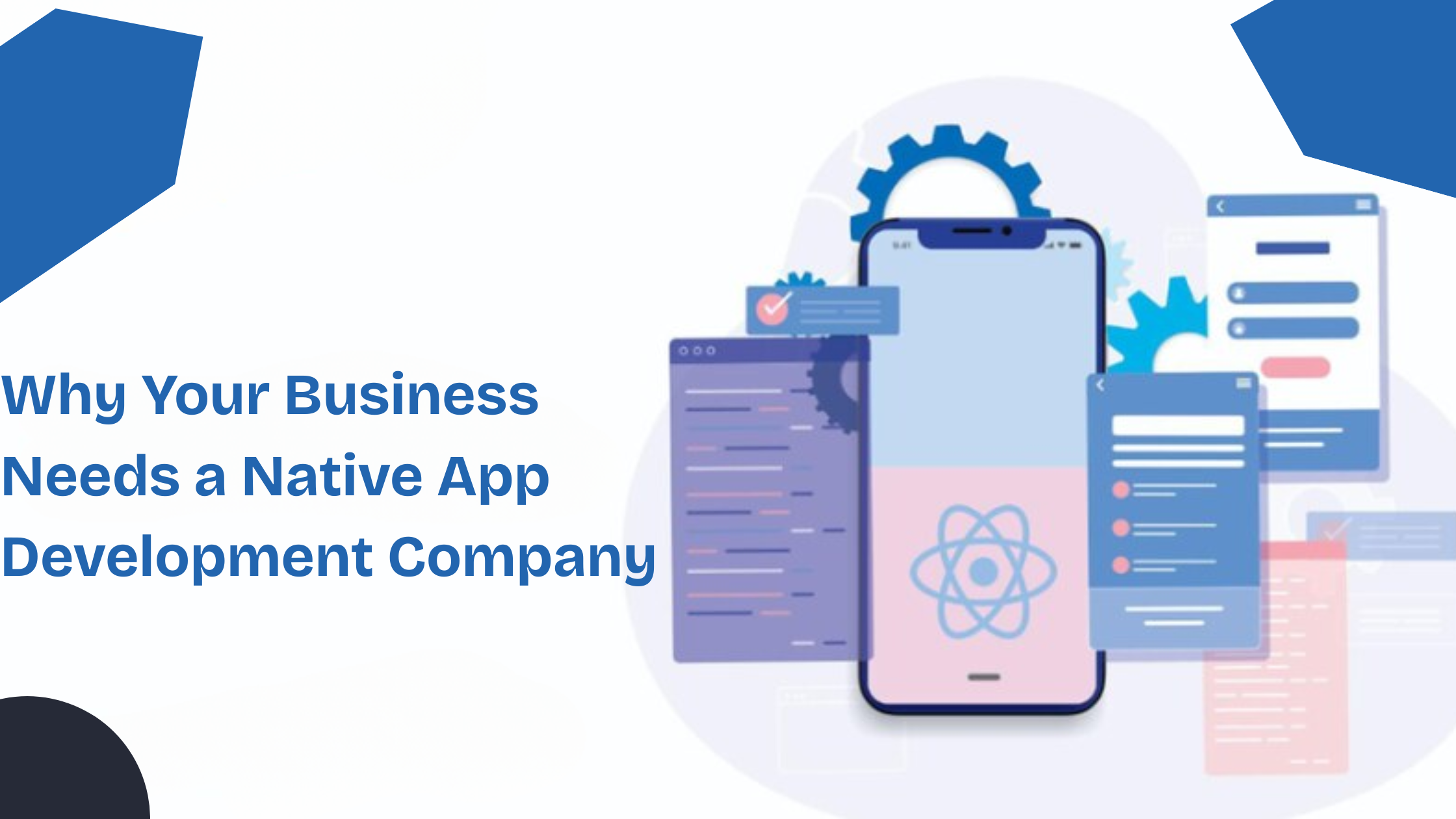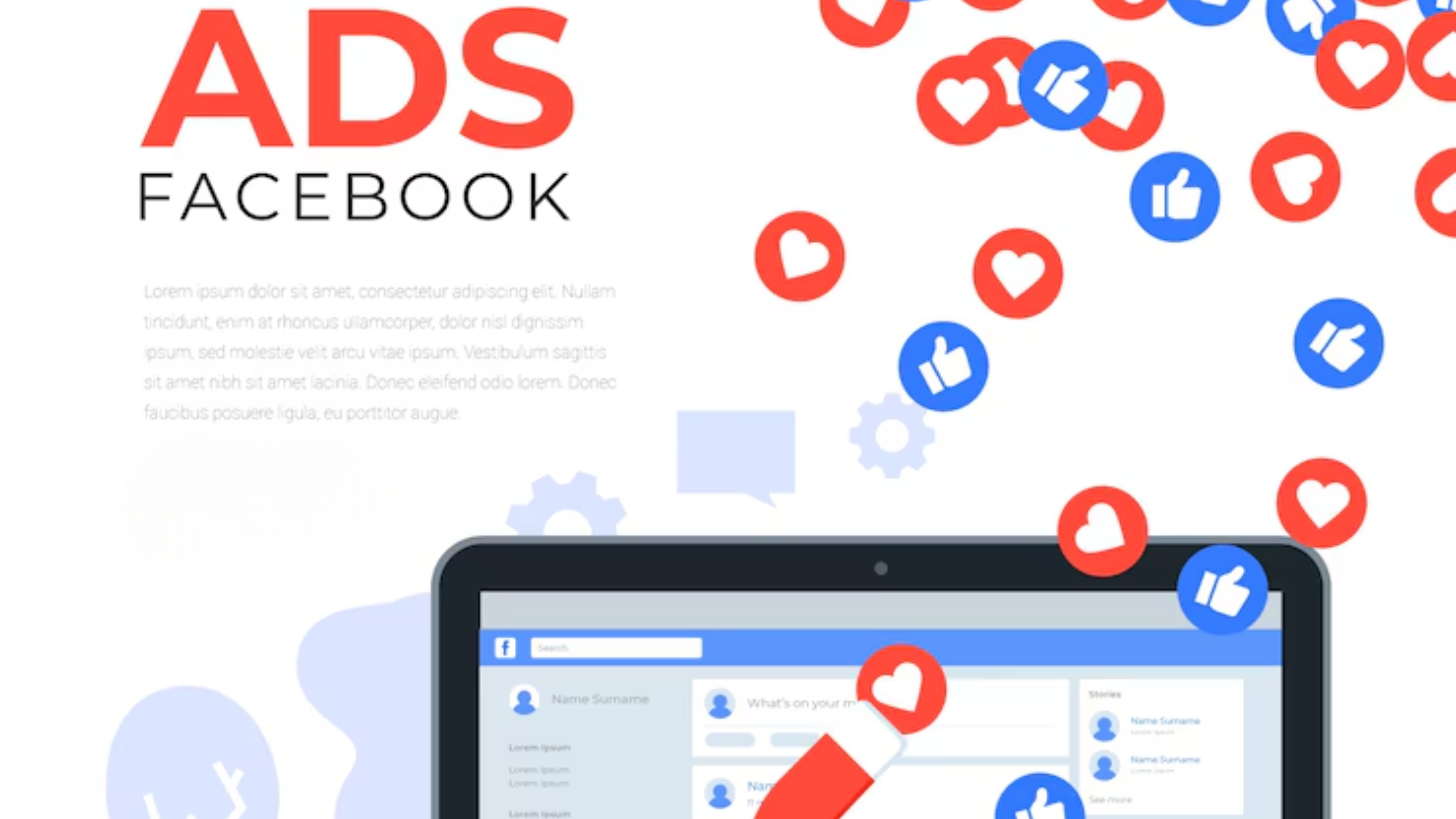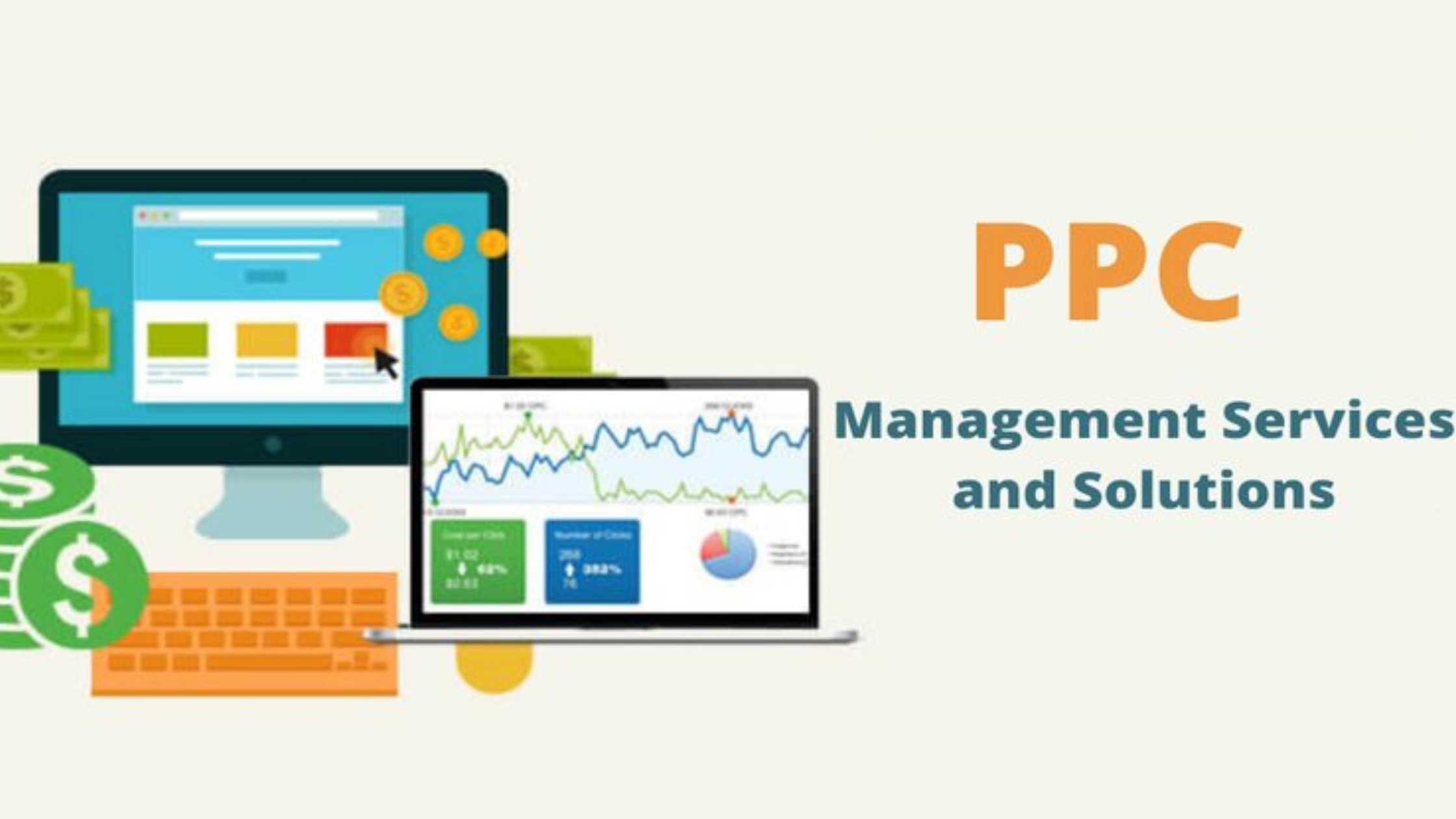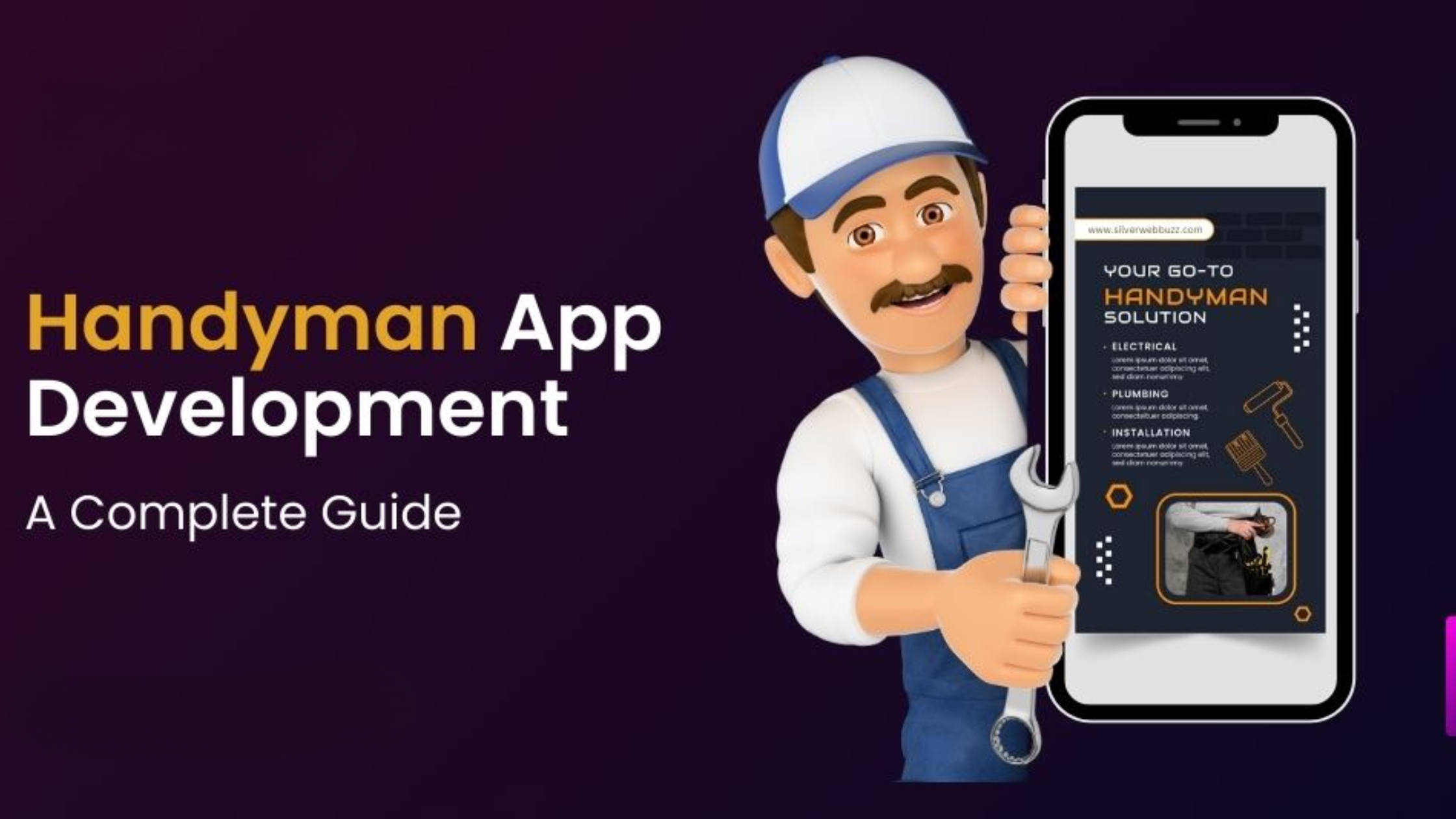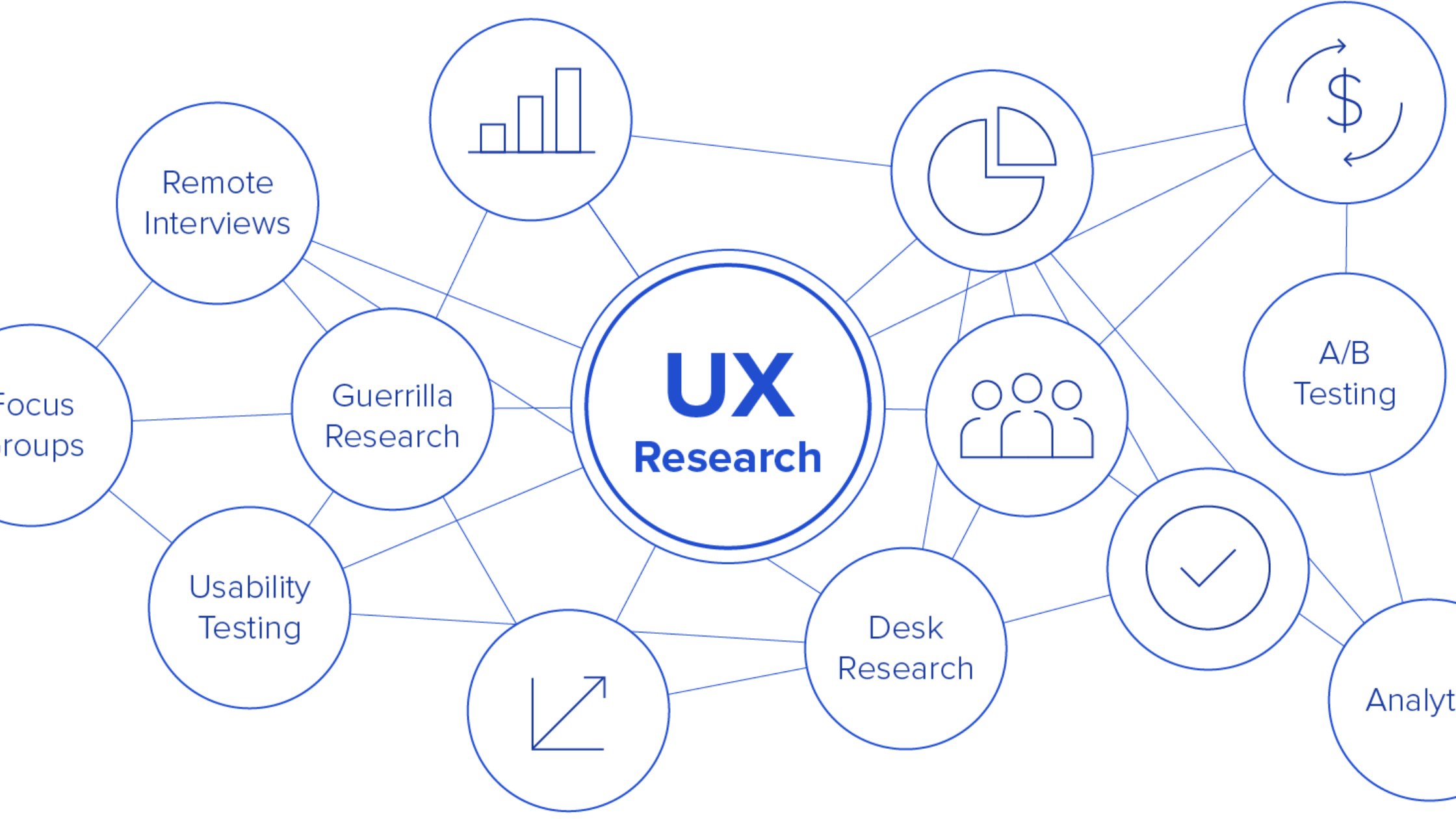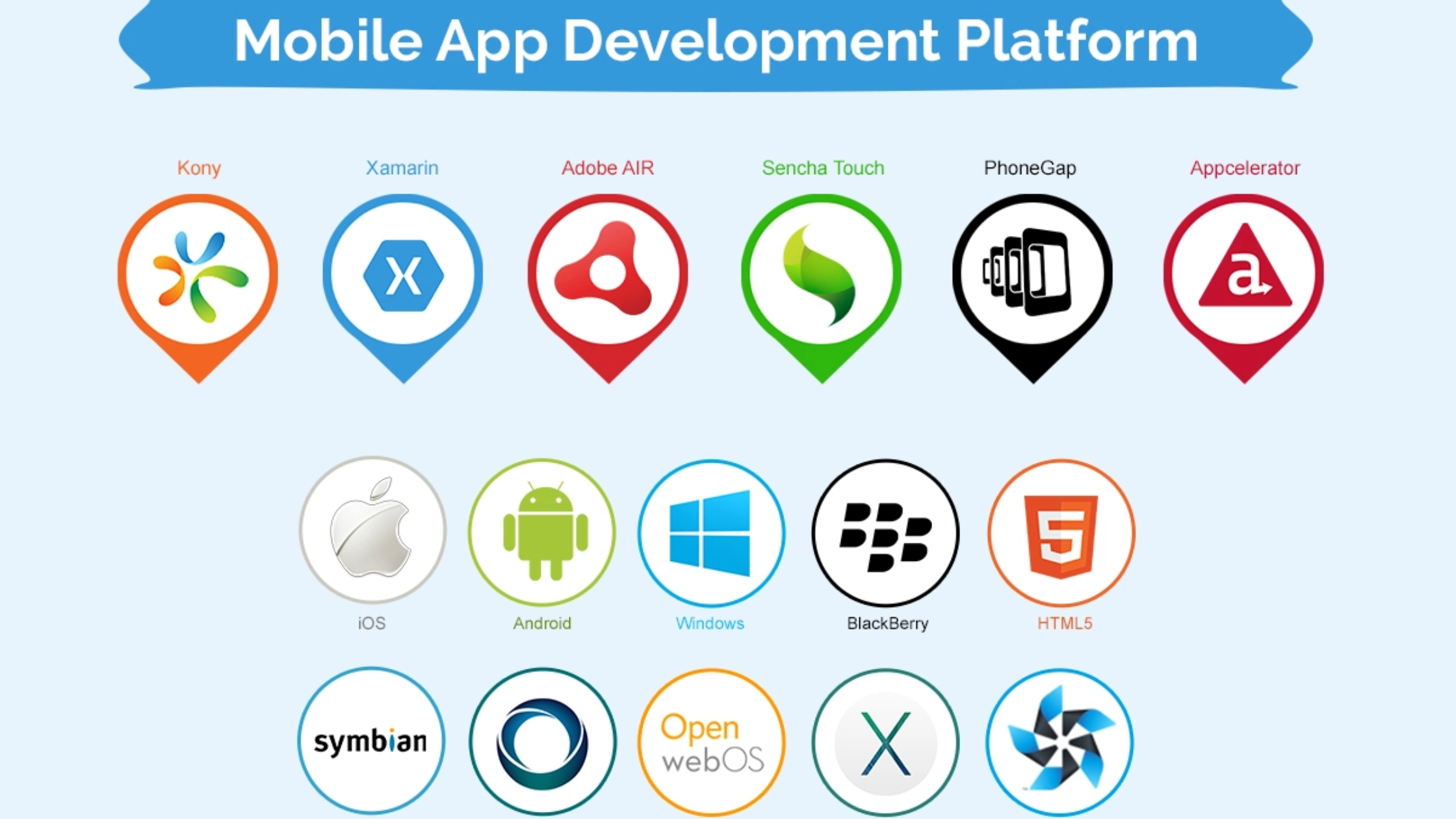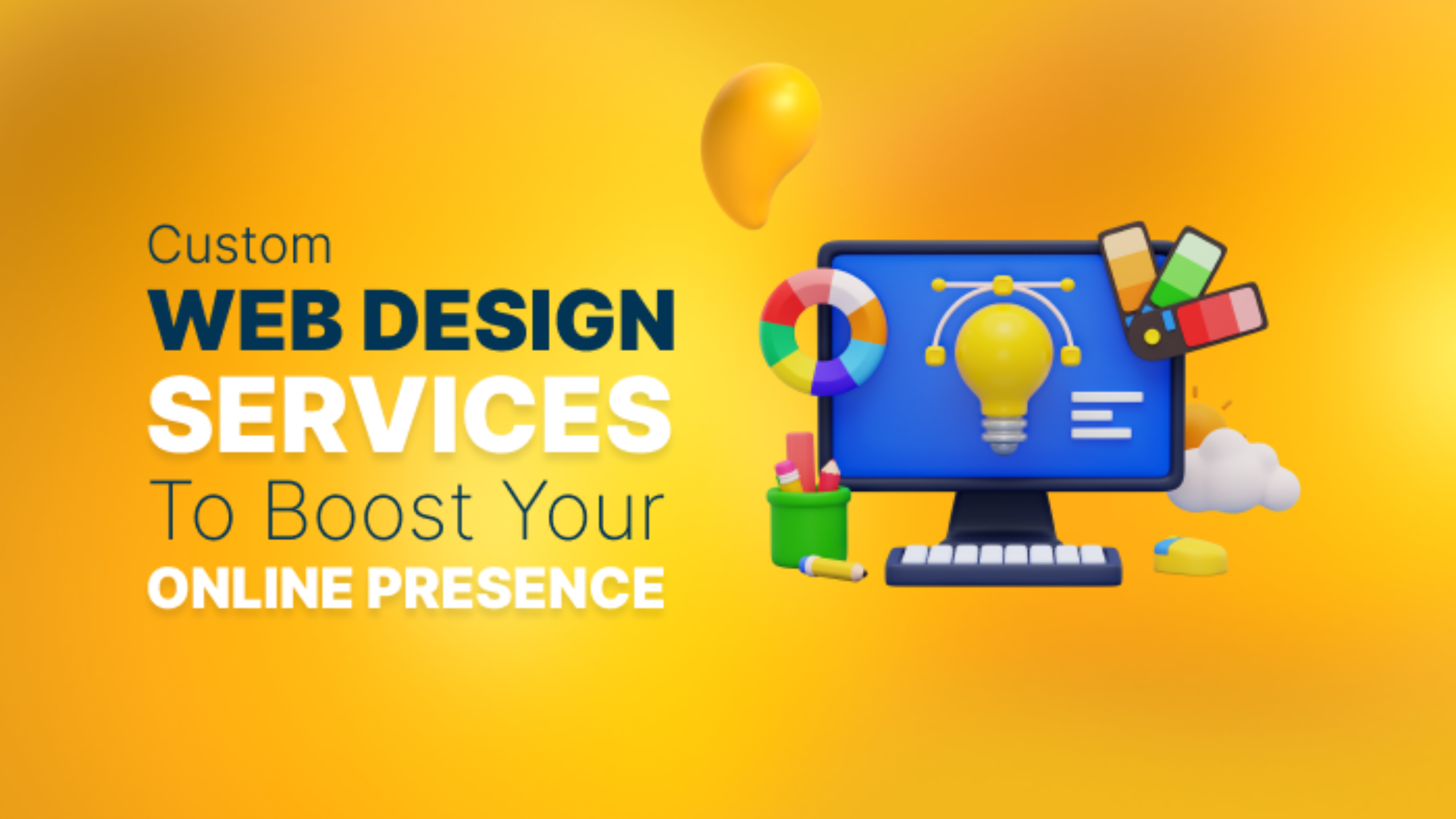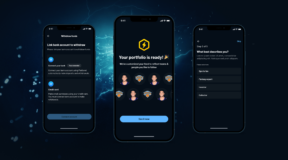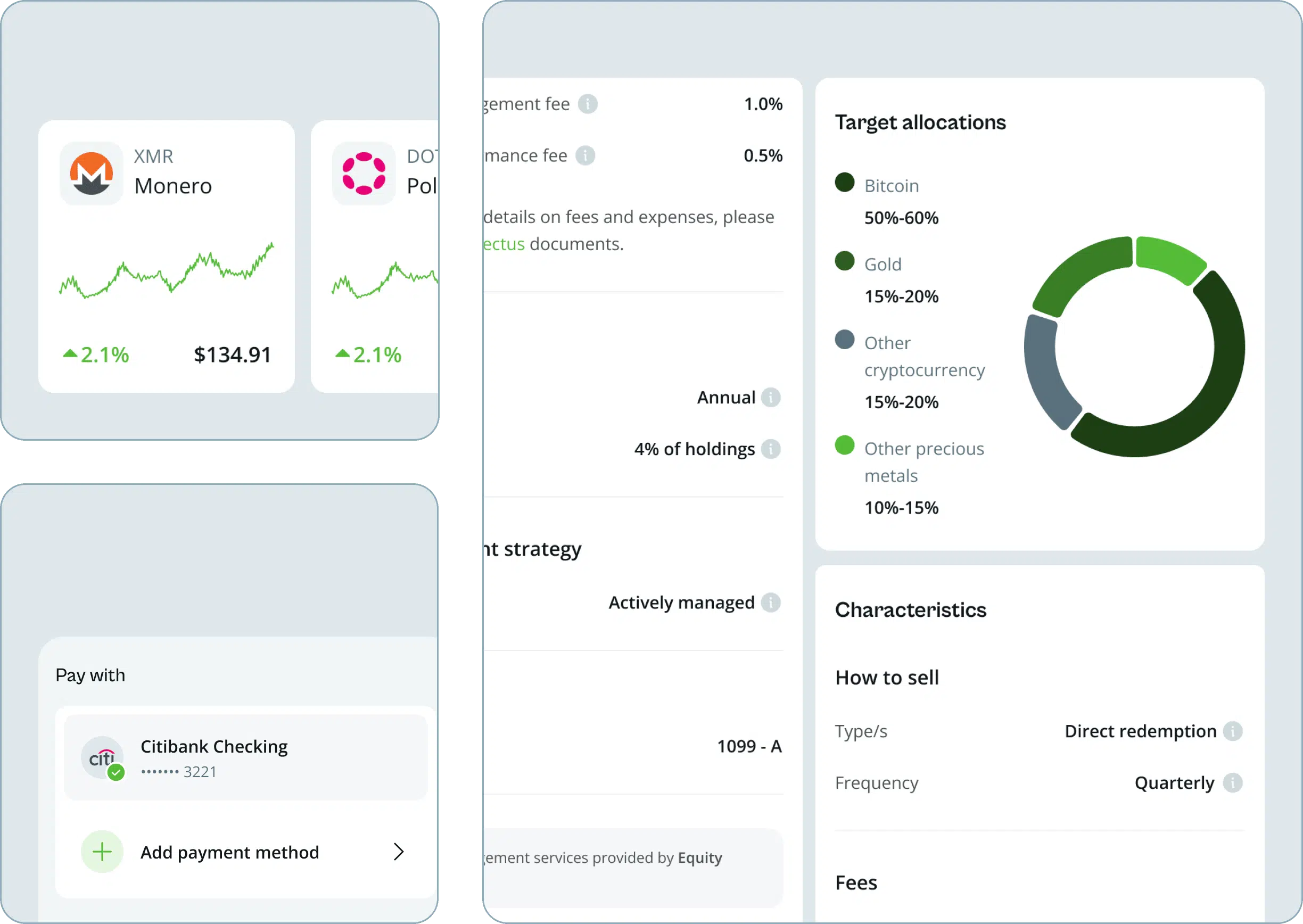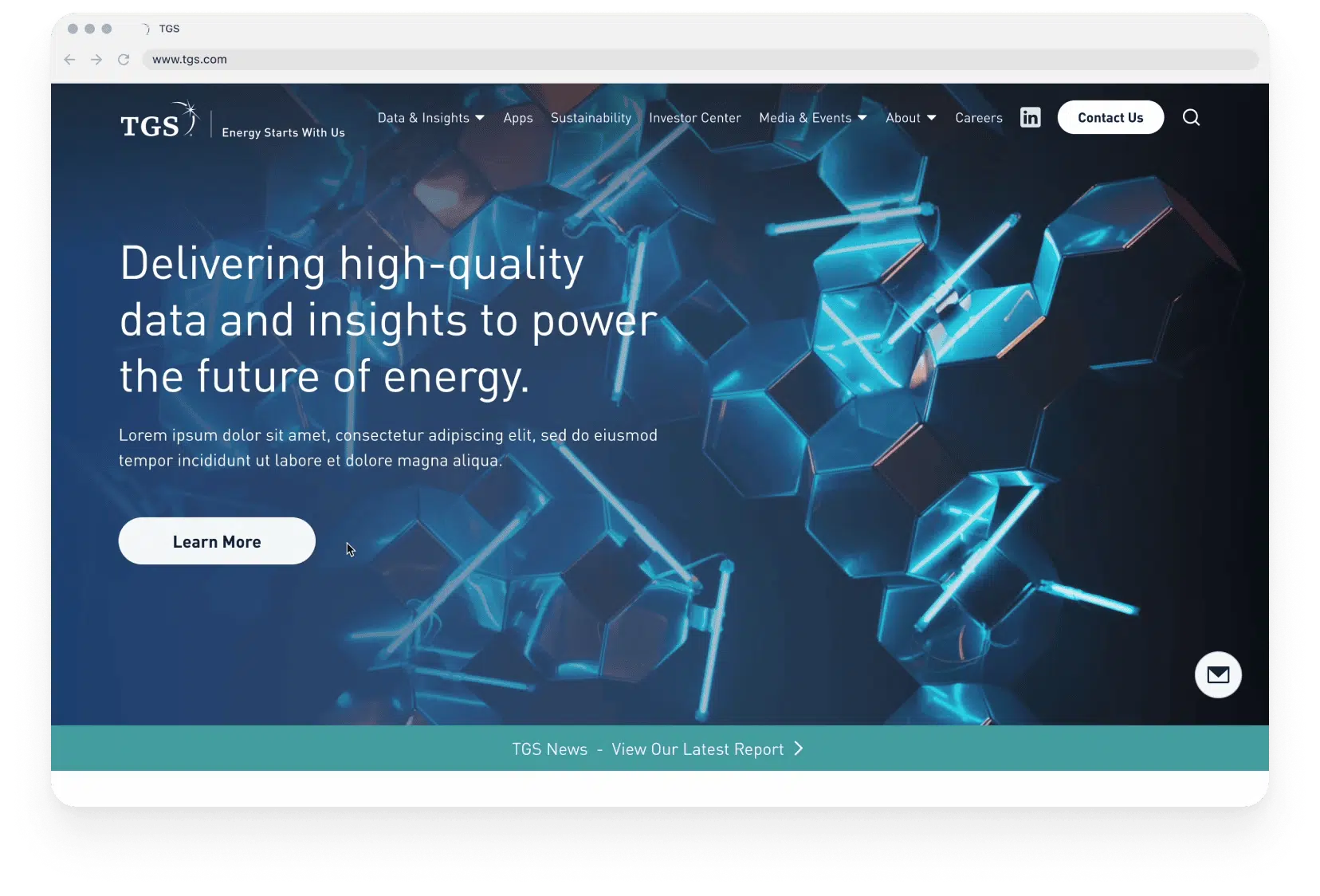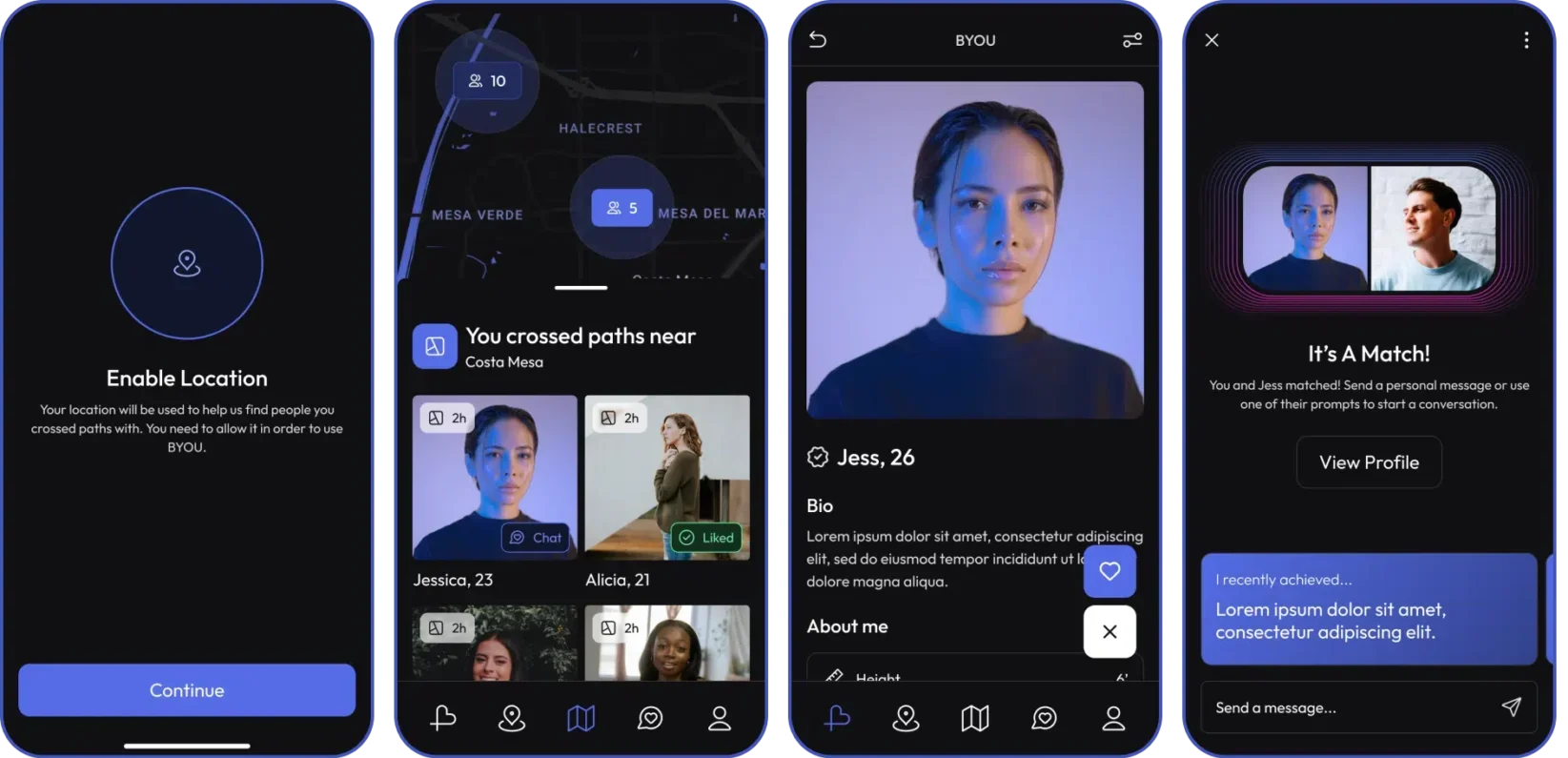When it comes to building an app, clients often wonder about the distinction between the app design and development phases. While both are integral to the success of any app, they serve different purposes and require different skill sets. Understanding the roles of app design and app development can help ensure that your project stays on track, meets user expectations, and achieves your business goals. In this blog, we’ll explore the key differences between these two phases and why each one is essential to building a successful app.
App Design vs. Development: Complete Information
What is App Design?
App design focuses on creating the look, feel, and experience of your app. It’s about ensuring that users have a seamless, enjoyable interaction with your product. The design phase is broken down into two key components: User Interface (UI) design and User Experience (UX) design.
User Interface (UI) Design
UI design involves the visual elements of the app. This includes everything from the layout of buttons to the colors, typography, and overall aesthetic. A well-executed UI design makes an app visually appealing and easy to navigate, which can drastically improve user engagement. In this phase, designers often create wireframes and mockups that serve as a visual blueprint for the app.
User Experience (UX) Design
UX design focuses on how users interact with the app and whether the app provides value to them. This includes mapping out the user journey, ensuring the app’s functionality aligns with the user’s needs, and creating a smooth flow between different screens. UX design emphasizes usability and accessibility, ensuring that users can complete tasks without frustration. A well-designed UX can significantly improve user retention and satisfaction.
Why is App Design Important?
The design phase is crucial because it directly impacts the user’s first impression of your app. If the design is clunky, confusing, or unattractive, users are likely to abandon the app, no matter how well it functions. On the other hand, a thoughtfully designed app will keep users engaged and encourage them to return.
A good design can also set your app apart from competitors. In today’s saturated app market, aesthetics and user experience often play a significant role in whether an app succeeds or fails. Additionally, well-designed apps are easier to market, as users are more likely to share positive experiences with their networks.
What is App Development?
While app design focuses on the user-facing elements, app development involves bringing those designs to life. This is where the app’s functionality is built, ensuring that users can actually interact with the app as intended. The development phase is divided into two main areas: front-end development and back-end development.
Front-End Development
Front-end development is responsible for translating the UI/UX design into code that can run on a mobile device. This phase involves creating the interface that users see and interact with, ensuring that it functions seamlessly across different devices and operating systems. Developers use programming languages like HTML, CSS, and JavaScript to create this part of the app.
Back-End Development
Back-end development involves the behind-the-scenes functionality of the app. This includes building the server, database, and APIs that allow the app to store data, interact with other apps, and perform various functions. The back-end is essentially the engine that powers the app, making sure everything runs smoothly and efficiently. Developers typically use languages like Python, Java, or Ruby for this phase.
Why is App Development Important?
Without proper development, even the most beautifully designed app would be useless. The development phase ensures that the app is functional, secure, and performs as expected. Poorly developed apps are prone to crashes, security breaches, and slow load times, all of which can lead to poor user reviews and low adoption rates.
Additionally, good app development ensures that the app is scalable. As your user base grows, your app needs to handle increased traffic and data without slowing down. Well-structured back-end development is critical for future-proofing your app.
The Collaboration Between App Design and Development
A successful app relies on close collaboration between the design and development teams. While these are distinct phases, they are not isolated. Designers and developers must work together to ensure that the final product looks and functions as intended.
For example, during the design phase, it’s crucial to consider the technical feasibility of certain features. A beautiful design is of little use if it can’t be realistically developed within the project’s timeline or budget. Similarly, during the development phase, developers may need to consult with designers to ensure that the final product aligns with the original vision.
Common Client Queries: Design vs. Development
-
“Can I skip the design phase and go straight to development?”
While it may seem tempting to jump straight into development, skipping the design phase often leads to a poor user experience. Without proper design, the app may lack intuitive navigation, making it difficult for users to interact with.
- “Why does design take so long?”
Design involves careful planning to ensure that the app meets user needs and is easy to use. Rushing through this phase can result in a subpar experience that turns users away.
- “What if I want to change the design after development has started?”
While changes can be made after development begins, it’s much more efficient to finalize the design before moving to the development phase. Changes made during development can increase both the timeline and the budget.
Why Both Design and Development Matter
Both app design and development are crucial to the success of your product. Design ensures that your app is easy to use and visually appealing, while development ensures that the app functions properly and scales with your needs. Neglecting either phase can lead to an app that frustrates users, performs poorly, and ultimately fails to achieve its objectives.
Conclusion: The Balance Between Design and Development
The key to a successful app lies in balancing both the design and development phases. Each phase brings its own set of challenges and opportunities, but when done right, they come together to create an app that not only looks great but also performs well. Whether you’re building an app for the first time or improving an existing one, understanding the difference between design and development—and why both are essential—can set your project up for success.

